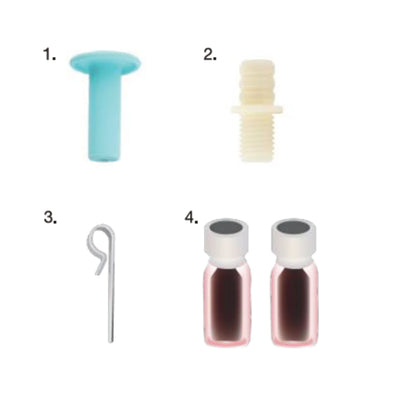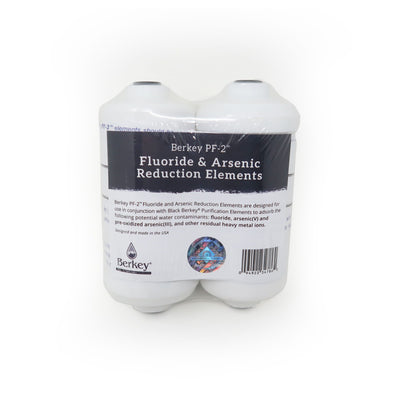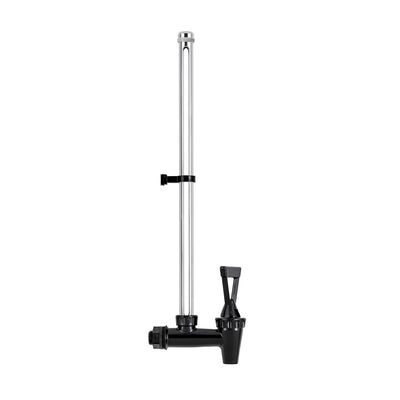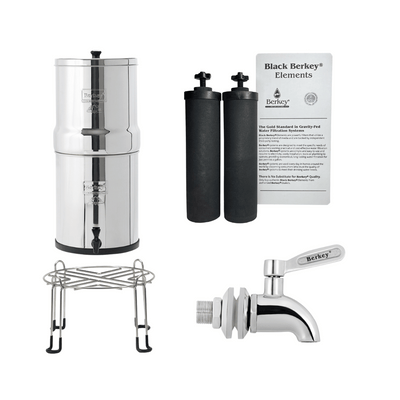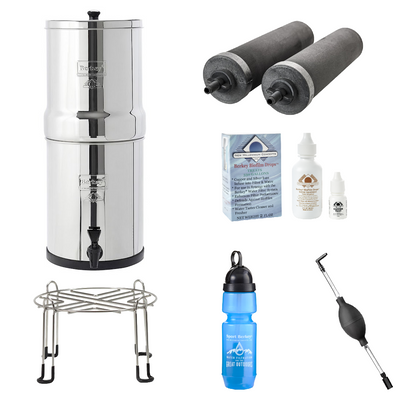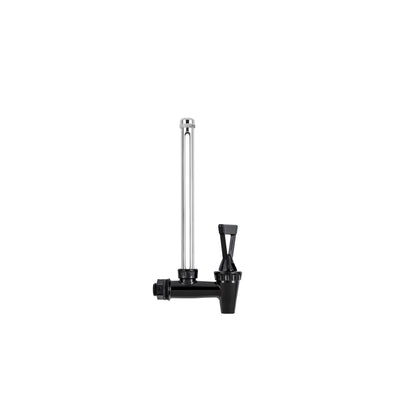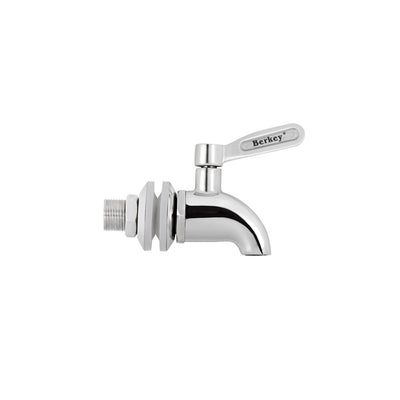How To Read Your City's Report on Water Treatment Plant Filtration

Ever wonder how to read the reports from your water treatment plant filtration records?
It's really important for us to know the official explanation of what is in our water supply via our cities and towns.
Through testing and the Environmental Working Groups reports we know there are more than 300 contaminants in tap water all over the U.S.
Do you know what's in your tap water that you may need to filter out?
This is where learning how to read your city's report on water treatment plant filtration is necessary and it really isn't that hard.
Step 1
Use a search engine and simply type in the city you live in plus "water treatment." Here is an example: Smyrna, TN water treatment.
Most likely you will see the number one result is a city government utilities site regarding water.
Go to that page and you will find a link for water quality report.
It's usually found as a PDF and it's a yearly report.
The first part will probably be a bunch of jargon about water conservation, health concerns, etc. The meat of the report will be found further down.
Step 2-Knowing The Terms
The water filtration plant report will usually detail the name of each substance tested, maximum level used (MCL), the ideal goals for public health (MCLG), the amounts detected, and the range of levels detected.
Here are some other terms you need to know. ppm=parts per million or milligrams per liter ppb=parts per billion, or micrograms per liter.
Step 3-Reading The Water Filtration Plant Report
Once you know the terms, reading the report is self explanatory. I do want to highlight a few things as I've read several reports.
Unless your city has been victorious in getting rid of fluoride, a toxic substance derived from the phosphate fertilizer industry, it's in your water usually around the 1 ppm mark.
Isn't it funny that fluoride is the only chemical added to treat people who consume the water, rather than the water itself?
Think about that for a second. All the other chemicals are at least supposed to clean the water and make it semi-consumable for us.
Some reports say something to the effect that it's an additive to promote strong teeth.
Did you know it's never been proven without a doubt that fluoride contributes to healthier teeth?
Moving on...there is also present in the water the following substances:
- Lead
- Pesticides
- Trihalomethanes
- Chlorine
- Barium
The report will also give you information about where the water sources are. Not only that, it will let you know they run their plant according to Environmental Protection Agency specifications.
They may also in the fine print let you know that some contaminants may cause color, taste or odor problems in water but are not necessarily causes for health concerns.
Finally, Chlorine comes to mind as being just like this and it's almost sickening if you drink a glass full of it. Yuck!
Water Treatment Plant Filtration Report Conclusion
In conclusion, I think this matters and is a good exercise because we all need to be informed about what we and our families are consuming and water is the number one item we put in our bodies each and every day.
Have you ever read your town's water treatment report?
You can find out exactly what's in your water by going here and entering in your zipcode.
Understanding a Drinking Water Quality Report
- Tags: Water Contaminants
← Older Post Newer Post →



















